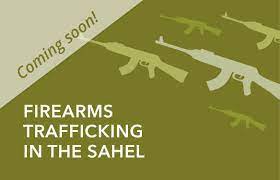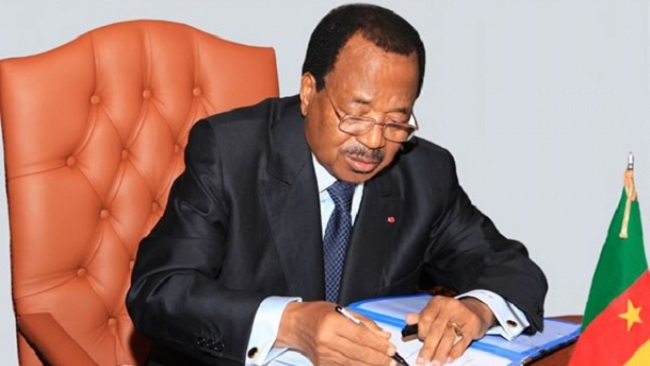Most of the firearms trafficked in the Sahel region are purchased in Africa, according to a new report by the United Nations Office on Drugs and Crime (UNODC). By Abdourahmane Diallo
You don’t have to go far to find the source of this iniquity. Most of the firearms circulating illegally in the Sahel come from the continent. This is at least the conclusion of a new report by the United Nations Office on Drugs and Crime (UNODC) sent to APA on Tuesday.
“Although there is evidence of long-range firearms trafficking to the Sahel, including by air from France and Turkey via Nigeria, it appears that the vast majority of firearms trafficked in the region are purchased in Africa,” says the document entitled “Firearms Trafficking in the Sahel: A Transnational Organised Crime Threat Assessment.”
The report reveals that “the detour of weapons from national armed forces – whether through capture on the battlefield, theft from armories, or purchase from corrupt elements of the military – is now the main source of firearms in the countries of the Sahel.
For example, the influx of firearms into the Sahel from Libya after the fall of Muammar Gaddafi ended in Mali at the start of the conflict in 2012. This illicit trade slowed down due to the civil war in Libya, but in 2019 the North African country again became a supply point for newly manufactured weapons, the study indicates.
The study adds that AK-47 assault rifles from Libya are available on the black market in Mali’s northern regions of Gao, Timbuktu and Menaka. The outlets, UNODC reports, are often located in towns and villages along strategic corridors where there is little state presence.
Based on the idea that many conflicts in the region have an ethnic dimension, the UN agency believes that criminal groups may then prefer to sell or transfer firearms to co-ethnics in other countries. Traders looking to make a profit are also said to be involved in this illicit activity.
Nevertheless, the source adds, in some cases similar weapons have been confiscated from very different groups, suggesting that they share a common source of supply or trade firearms.
Surprisingly, violent extremist groups are not involved in firearms trafficking in the Sahel, according to the report. However, the report notes, they may have a “client-seller” relationship with the communities and other armed groups with which they interact. In so doing, they are likely to receive only an indirect financial benefit from the use of these weapons rather than from their trafficking.
In the Sahel, the jihadist insurgency is driven by two main networks: the al-Qaeda affiliated ‘Groupe de Soutien à l’Islam et aux Musulmans’ (GSIM) and the Sahelian province of the Islamic State (IS), formerly known as the Islamic State in the Greater Sahara (ISGS).
In addition, the reports finds that weapons trafficked in the Sahel are also transported to coastal countries in West Africa and used in terrorist attacks in the Gulf of Guinea.
Preponderance of homemade weapons
In West and Central Africa, artisanal firearms manufacturing has a long history. Burkina Faso estimated that 60 percent of firearms seized in the country in 2016-17 were locally made.
In Nigeria, according to a national survey on small arms and light weapons, 17 percent of rural and 10 percent of urban gun owners in the country own homemade weapons.
“While violent extremist movements linked to al-Qaeda and the Islamic State are more likely to use industrially manufactured weapons, other non-state armed groups, such as traditional hunters and community militias, may prefer home-made weapons because they are cheaper,” the UNODC report notes.
For example, the study says, black market prices in northern Mali for AK-47-type weapons ranged from $750 to $1,300 in 2021, depending on the model and condition, with cartridges selling for about $0.70 each.
In Niger, similar firearms are sold between $1,200 and $1,400 around Tahoua (West), $1,600 around Maradi and Zinder (South) and up to $2,500 around Diffa and Maine-Soroa (Southeast). In Burkina, assault rifles are reportedly available on the black market for about $1,700.
In the face of this proliferation, UNODC advocates for stronger state policies and the use of nationally mandated data collection tools, such as the Illicit Arms Flow Questionnaire (IAFQ).
These provide a framework that can facilitate the strengthening or creation of a national firearms trafficking data system and information exchange to improve understanding of regional and international trafficking routes.
In addition, the UN agency suggests, increased proactivity on the part of criminal justice practitioners is needed to move beyond firearms and prioritise the goal of investigating and prosecuting illicit trafficking activity.
Finally, it is important to increase international cooperation in law enforcement and prosecution to ensure proper firearms investigations, the report concludes.




